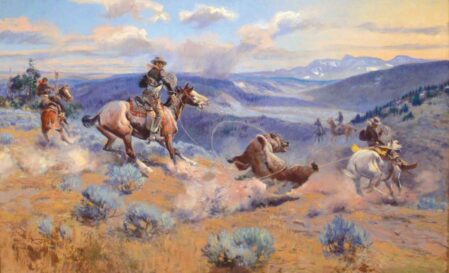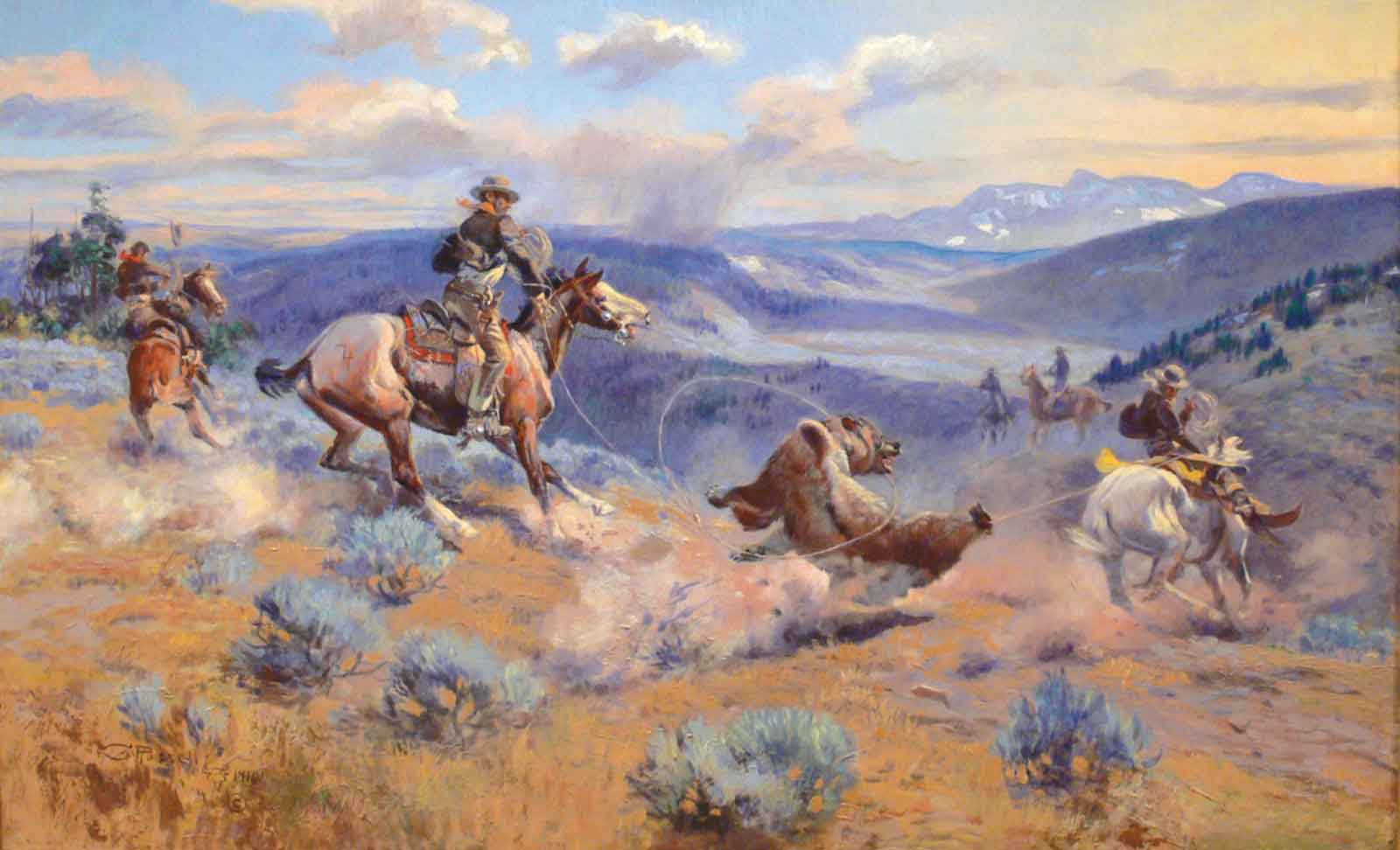Whether expressed through performance or tangible craft, folk and traditional arts convey the identity, values, and aesthetics of the communities from which they emerge. To ensure these traditions endure, communities—ethnic, occupational, regional, religious, or linguistic—must pass down the knowledge and techniques that sustain their practices. This accumulated wisdom and muscle memory are touchstones linking practitioners to a shared place and time, weaving a continuous thread between past and present. Yet these practices are far from static relics; traditions such as Métis fiddling, saddlery, or loom weaving are “living,” meaning they evolve within their communities of practice. As living traditions, they demand active participation to endure. Otherwise, when the final practitioner of a tradition passes, they take with them a library of cultural wisdom and knowledge as well as a unique way of knowing and living in the world. Emerging folk artists and tradition-bearers have historically learned directly from their elders, through mentorship grounded in observing and doing, thereby preserving what might otherwise be lost.
Traditional arts are learned through careful observation and practice, usually from elders and masters and often passed on from one generation to the next. They can be self-taught within a tradition wherein the folk practitioner or artist is of the cultural background from which the practice originates. Traditional bearers and their folk practices represented in this year’s demonstration area will include Eva Boyd’s basketry, Glenn Brackett’s bamboo fly rod building, the Frecker’s saddlery, Allison Grove’s weaving and fiber artistry, Tim Ryan’s Salish Tool Building, Dan and Julia Schwarz’s custom boot making, Olivia “Rose” Williamson’s Crow fashion design and beading, Rose Atkinson’s star quilting, Dan Roberts’s lutherie, Linda King’s beading and weaving, Mark Mariano’s hunting decoys, and Nathan Kimpell’s blacksmithing. The tradition bearers representing Montana at this year’s festival were chosen not only for their artistic excellence, but also for the way they honor their craft and community—demonstrating a deep commitment to its continuation through mentorship, apprenticeships, workshops, and classes. Their generous participation in this year’s event will provide festival-goers–from those familiar with traditional arts to those just discovering–with the opportunity to learn more about the artists’ stories, cultural communities, practices, and their methods, tools, techniques, and materials.


